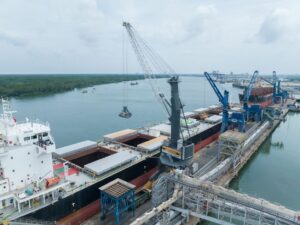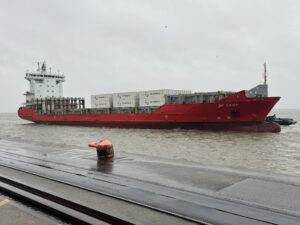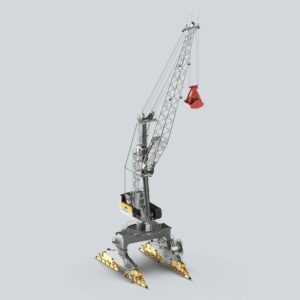DB Schenker and Volvo Cars have joined forces to enhance the sustainability of ocean freight by shipping 12,000 standard containers (TEU) of automotive spare parts on vessels utilizing biofuel. This initiative will result in an impressive 84% reduction in CO2 emissions per container. Over the course of a year, it is estimated that approximately 9,000 tons of CO2 will be saved compared to traditional fossil fuel-powered ocean freight.
The partnership commenced in June and establishes a new long-term collaboration between DB Schenker and Volvo Cars, a renowned global automotive brand. DB Schenker procures second-generation biofuel known as used cooking oil methyl ester (UCOME).
DB Schenker’s aim is to assist customers in reducing their transportation and distribution-related Scope 3 emissions. They believe that sustainable supply chains can only be achieved through close collaboration between shippers, forwarders, and carriers. Volvo Cars shares this vision and is committed to decarbonizing its supply chain. The company recognizes the importance of partnerships with top logistics providers to leverage renewable fuels for ocean freight. Volvo Cars strives to inspire other automakers to take action and increase demand for carbon-efficient ocean transportation.
The biofuel used in these shipments is certified by an independent third-party and is not produced at the expense of food crops. Therefore, it has a lower environmental impact, aligning with the EU Renewable Energy Directive (RED). In instances where renewable fuel is unavailable for Volvo Cars’ specific shipments, it will be allocated to another customer’s transport and credited to Volvo Cars through a process called mass-balancing. This method is regularly audited by third parties to ensure that the overall reduction in fossil fuel usage is in line with the actual utilization on container vessels.






